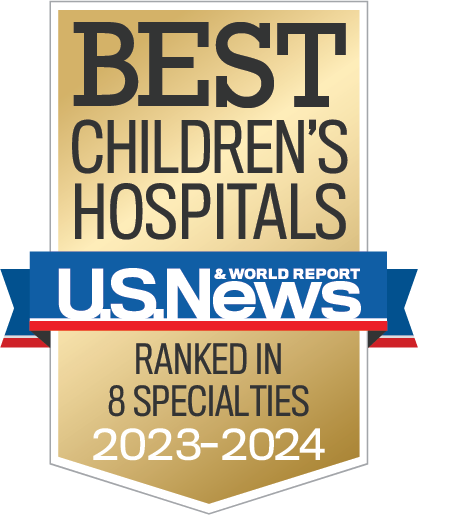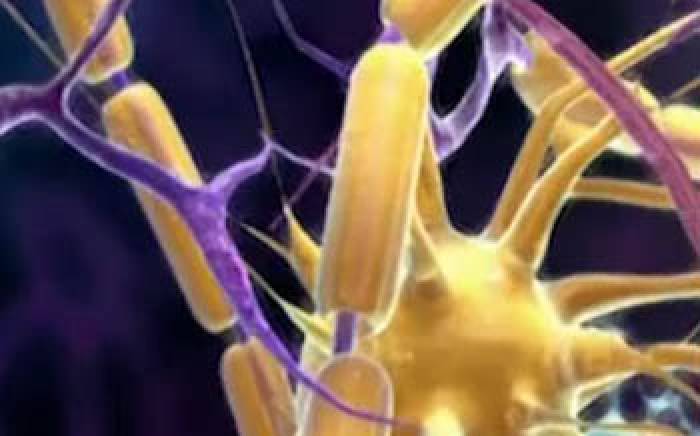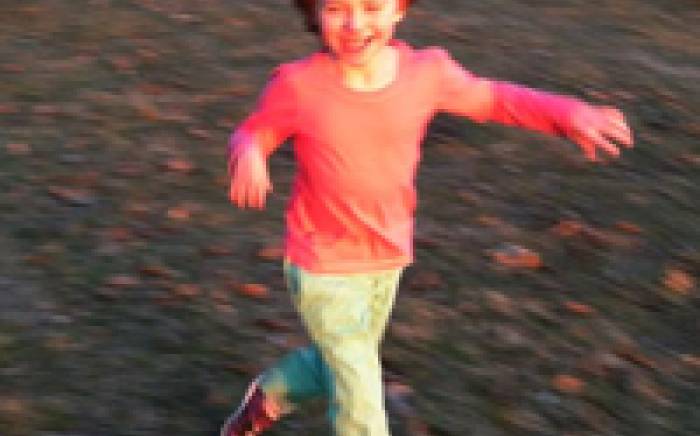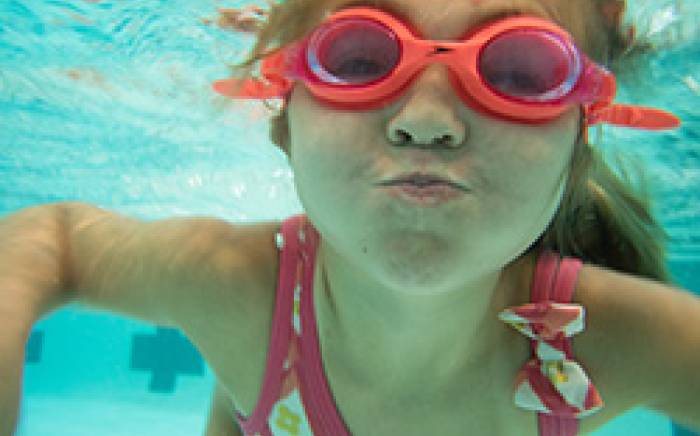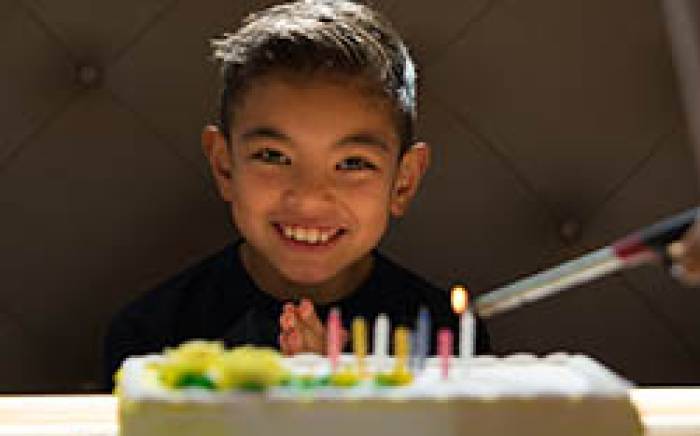When is vagus nerve stimulation (VNS) offered?
Many children with seizures do not have a single, discrete area of seizure onset. Others may have a seizure onset zone in a critical area of the brain. When medications fail to control seizures in these children, treatment options are limited, but include ketogenic diet, corpus callosotomy, and vagus nerve stimulation (VNS).
Children in this category often benefit from VNS, but it should be emphasized that a reasonable goal for VNS is seizure reduction, rather than seizure-freedom. Indeed, not every child benefits significantly from VNS, but those who do may experience 50% or more reduction in their seizure frequency.
What is VNS?
VNS is an implantable device that resembles a cardiac pacemaker. With few exceptions, VNS units are placed on the child’s left side.
VNS implantation: what to expect
- Implantation of the VNS requires two incisions: one in the neck in order to access to vagus nerve as it courses between the carotid artery and the internal jugular vein, and one in the groove between the chest and the shoulder where the device pulse generator (battery unit) is secured.
- Between the neck incision, where the electrode leads are wrapped around the vagus nerve itself, and the chest incision, the electrodes pass beneath the skin.
- The surgery takes 1-1.5 hours and is performed under general anesthesia.
- Tissue adhesive is used to close the skin so no stitches need to be removed later.
- In general, VNS implantation surgery is an outpatient procedure, and patients are observed for 2-3 hours post-op prior to discharge.
- In many cases, the VNS is activated at low settings in the operating room at the time of implantation.
- Alterations in voice or throat sensation, throat pain, and cough have been observed in children with VNS; however, these symptoms tend to improve over time.
Selected publications and abstracts from our physicians:
- Smyth MD. Palliative Surgical Procedures for Epilepsy. Pediatric Neurosurgery: Tricks of the Trade. Cohen A (ed). Thieme, NY, 2013.
- Limbrick DD, Smyth MD. Vagal Nerve Stimulation. Pediatric Epilepsy Surgery: Preoperative Assessment and Surgical Treatment. Catalepe O, Jallo G (eds). Thieme Publishers, 2010.
- Kasesbah A, Limbrick DL, Gurnett C, Smyth MD. Palliative epilepsy surgery in Aicardi syndrome: A case series and review of the literature. Child’s Nervous System, August 16, 2013. [Epub ahead of print].
- Smyth MD, Tubbs RS, Bebin ME, Grabb PA and Blount JP. Complications of vagal nerve stimulation for epilepsy in the pediatric population. Journal of Neurosurgery 99(3):500-503, 2003.




